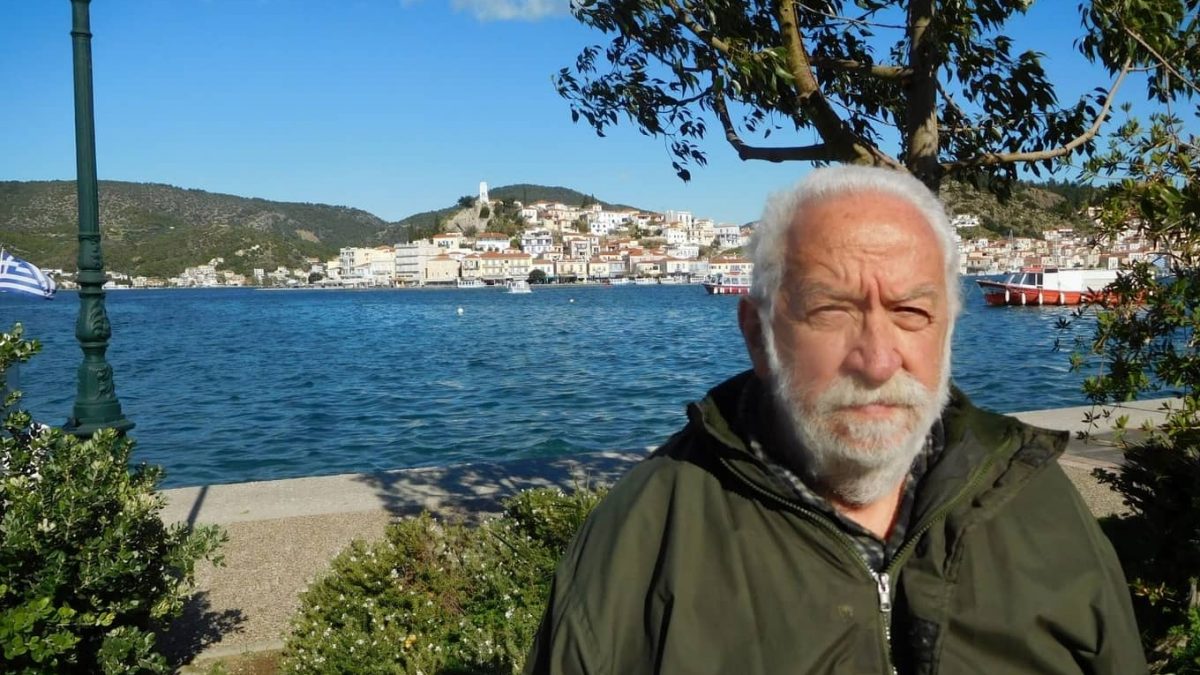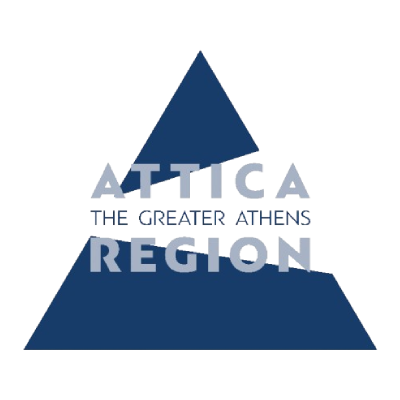Tassos Goumas: “Poros has the rare opportunity to evolve into a model of sustainable and multidimensional development”

Interview with agriculturalist and president of the association “Friends of Poros Lemon Forest”, Mr. Tassos Goumas:

“Poros has the rare opportunity to evolve into a model of sustainable and multidimensional development”
1. Being a permanent resident of Poros, what would you say are the unique, distinguishing characteristics of the island itself and the part of Poros Municipality that lies in the Peloponnese?
I have always believed that the island of Poros is geographically and socially inseparable from the opposite coast but also, that the settlements of Poros and Galatas owe their creation and existence to proximity, to the shared port and the strait of sea that does not separate them – on the contrary it unites them. As for Poros’ unique features, I would say these are its huge natural port – which you don’t find very often, and the diverse coastline of the island and the Peloponnese across the sea, all the way to the coasts opposite Hydra and Spetses; the pine trees, the olive groves and the flower cultivations; the temple of Poseidon and the Monastery of Poros; as well as the picturesqueness of the boats going back and forth between Poros and Galatas, or to the beautiful islets and ports of Troezen, all the way to the coast across Hydra.
2. The famous Lemon Tree Forest is the trademark of Poros Island, although it is located on the mainland of Poros Municipality. Tell us about its history.
The lemon tree forest is mentioned in a book by Iakovos Tombazis published in 1877, titled “Gardens of Poros” and later renamed το “Lemon Tree Forest”. Regarding its history, the origin of the lemon trees and when they were planted, there are various theories. I quote a verse from the work of Iakovos Tombazis on these speculations: “indeed the dominant one explained in mythology goes back to one of the feats of Hercules. According to the myth, the arrogant giant travelled to the west side of Africa, where, according to Diodorus of Sicily, lay the garden of the daughters of Atlas and Hesperis; the garden contained the golden apples, which he stole killing the dragon that was guarding them.”
“Plinios asserts that there were rich people, so prodigal, that they paid innumerable sums for long tables made of wood from lemon trees of the Atlas Mountains in Africa. Martialis mentions that a long table made of gold was less expensive, in his time, than one made of lemon tree wood, and Petronius mentions that the Assyrians were surprised to receive so much gold for the prepared planks of such wood, intended to build long tables”.
The above information is found in the book of Iakovos Tombazis that was sent to me by my friend, agriculturalist Gerasimos Magripis. Together with his wife, Dora Agorastos, also an agriculturalist, they ran the Poros Arboricultural Station for 10 years and they are among the very few scientists who know everything about citrus trees in Greece.
When you travel to the Lemon Tree Forest by boat you reach “Plaka”, the “port” of the Lemon Tree Forest. You continue on foot and after 150m, on the right hand side, there is a simple tombstone made of dark volcanic stone from Poros with the inscription: “To Rothlauf, doctor from Bavaria, a victim of philanthropy in ΑΩΛΖ (1837) on the island of Kalavria that was afflicted by the plague, raised by his colleagues in his memory”.
It refers to the Bavarian doctor Rothlauf, who in the terrible plague that spread in Poros before 1837 (“ΑΩΛΖ” in Ancient Greek numbering), led a team of doctors and nurses. He did not return to his homeland and in the end he fell ill and died of the disease. He undoubtedly believed that “Medicine is not a profession. It’s a vocation.”
Continuing the hike for another 600-700 metres we enter the Lemon Tree Forest that once, when lemons were very highly priced, was full of life; nowadays, some orchards are well cared for, unlike others that are not, due to unsatisfactory economic returns.
Of the many traditional Greek restaurants and tavernas that operated here, the most prominent is “Kardassis”, which has now been purchased by landscape architects from Israel.
Further to the above, in the Lemon Tree Forest there are ruins of three watermills, one of which is in Lazarou farm, the springs from where the Forest was watered, an old church covered with vegetation that features a ceramic cross on the front side, which means it was probably a Byzantine chapel.
If we succeed in restoring these monuments, and we have already begun this process, they will serve as yet another pole of attraction for visitors.
However the Lemon Tree Forest is famous, as you mention in your question, not only due to the cultivation but also due to the trade and promotion of lemons both for domestic consumption and as exports to foreign countries of the Black Sea and Africa.
Due to lack of roads the sea provided the means of transport. Up until 1950 the commercial fleet of Poros consisted of around 40 boats, each with the capacity to carry from 25 to 85 tons, transporting lemons to Volos, Thessaloniki, Kavala, Alexandroupolis, Istanbul, and even to Odessa and Egypt. So lemons and the Lemon Tree Forest were, and still are, more famous than Poros.
3. Wise exploitation of natural resources and respect for the natural environment as well as the cultural authenticity of local communities, are the pillars of a region’s sustainable development. During recent years how, in your opinion, is Poros responding to the model of sustainable tourist development and how could this be further enhanced?
Poros has the rare opportunity to evolve into a model of not only sustainable but also multidimensional development because it neighbours a region that has amazing climate and “land of high yield”, providing, for the latter, there is proper management of the limiting factor of irrigation water. The island of Poros on its own cannot, in my opinion, achieve the goal of sustainable development that respects the environment, if it doesn’t seek to become a united organism with the mainland Municipality on the Peloponnese and benefit from the excellent quality of its produce; olive oil and lemons of unparalleled quality and taste could be promoted to the visitors of Poros. Especially oil from “Manaki” olives and lemons from local lemon tree varieties are simply beyond any competition, although they lack the advertising and standardisation, when it comes to olive oil, that products from other regions of the country receive.
4. The traditional sun & sea model has always motivated travellers from abroad to visit the Greek islands. What other activities could they combine their visit to Poros with? What opportunities does the natural environment offer visitors?
Volcanic Methana with «Kammeni Chora”, the volcano which is still considered active in a geological time frame, the extraordinary scenery, the hot baths and fish tavernas from where everyone will leave thoroughly content; of course visitors shouldn’t miss Ancient Troezen with its most remarkable history that is being completed and rewritten since the discovery of the tomb of Great King Aegeus by archeologist Ms. Eleni Konsolaki.
5. Contemporary travellers tend to seek more authentic experiences. What would you suggest to someone who, having arrived at Poros, would like to feel like… a local?
I would suggest they find reasonable accommodation on the mainland of Poros or even in the greater Troezen area and drive around enjoying the beauty and hospitality of all local settlements, especially those off the track of tourist destinations.
6. Local gastronomy is a delightful way for visitors to get to know the culture of a destination. Which flavours of Poros would you recommend to its visitors?
Poros has several fish tavernas, Greek cuisine restaurants that prepare delicious food and some excellent tavernas that serve ouzo and small dishes. Perfect guides to visitors are taxi drivers and boatmen. Also in Galatas one may find very good ouzo tavernas, rotisseries and a coffee shop that serves probably the best coffee you’ve ever tried, as well as breakfast and snacks that are of rare quality.
7. Which local products would you present as a gift to a visitor?
“Amygdalota” (almond delicacies) of Poros, olive oil from “Manaki” olive trees, lemons from traditional varieties found in Troezen, as well as products labeled “Lemon Tree Forest” that are made in Galatas.




